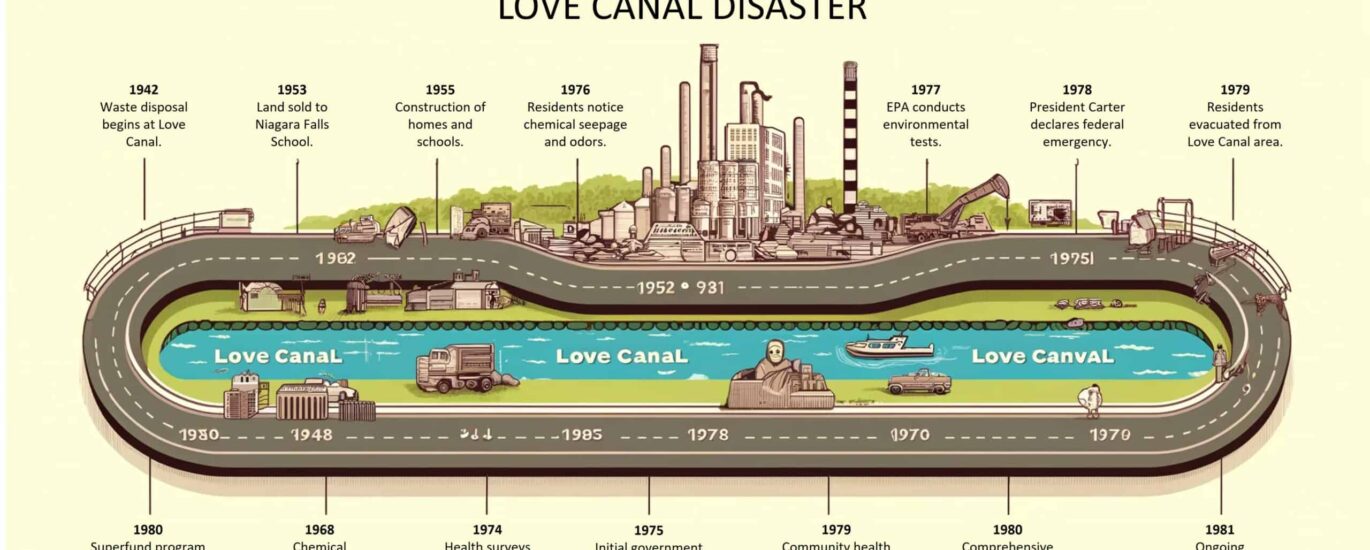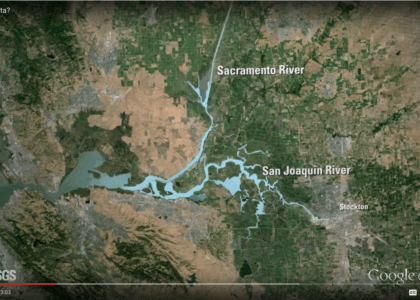Welcome to Love Canal, a place whose name once held the promise of a utopian future, but whose legacy became a poignant reminder of the potential perils of industrial negligence. This unassuming location in Niagara Falls, New York, is the site of one of the most infamous environmental disasters in American history. Let’s journey back to the late 19th century when a visionary named William T. Love dreamt of constructing a canal that would not only connect the upper and lower Niagara Rivers but also harness hydroelectric power to create a model city. His bold vision, however, was thwarted by economic shifts and the advent of new electrical technology by Nikola Tesla, leaving only a partially dug canal in its wake.
Fast forward to the 1920s when the canal’s destiny took a darker turn. It became a landfill for municipal and industrial chemical waste. By the mid-20th century, the Hooker Chemical Company had filled the canal with over 22,000 tons of hazardous chemical waste. In a startling transaction in 1953, the company sold the land to the city for just one dollar, inadvertently setting the stage for the disaster that would follow. Homes and a school were built over this chemical time bomb, transforming the area into a seemingly idyllic, working-class neighborhood.
The illusion of normalcy shattered in the late 1970s when toxic chemicals began seeping into basements, yards, and even a local school. Residents reported alarming health issues, including birth defects and miscarriages, and the area soon became infamous as a symbol of environmental catastrophe. In 1978, the gravity of the situation caught national attention when President Jimmy Carter issued an emergency declaration, leading to the evacuation of hundreds of families. Love Canal was designated as a Superfund site, marking it for national priority cleanup.
The aftermath of Love Canal was a legal and environmental saga. Occidental Chemical Corporation, the successor to Hooker Chemical, faced lawsuits and eventually agreed to substantial settlements with affected residents and government entities. Today, while parts of the area have been deemed safe and renamed Black Creek Village, the legacy of Love Canal remains a testament to the importance of environmental oversight and the impact of industrial decisions on communities.
As you stand here, reflect on how this tragic episode catalyzed significant changes in environmental policy and awareness, influencing the establishment of more stringent regulations on chemical waste disposal and inspiring the environmental movement of the late 20th century. Love Canal serves as a cautionary tale, a reminder of the need for vigilance and responsibility in protecting our environment and communities.





